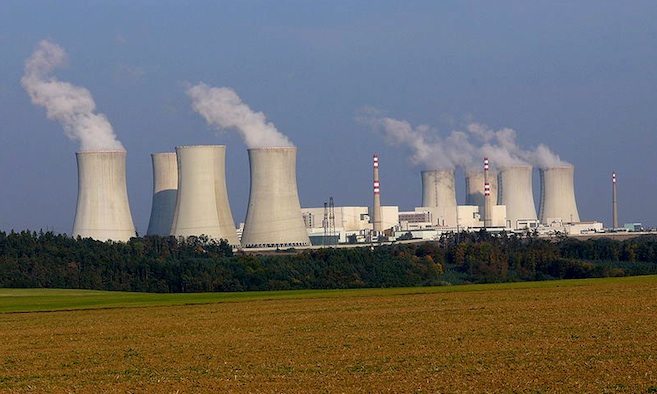Kenya has started a programme that will see the nation produce 1 GW (1,000 MW) of power from nuclear sources. By 2038, the government hopes to operationalize its first nuclear power plant to meet its rising energy needs.
According to the Nuclear Power and Energy Agency (NuPEA), the country is considering building more reactors to prevent future power supply shortages, curb emissions, and accelerate nuclear power and hydro projects. NuPEA has signed a memorandum of understanding with China, Russia, South Korea, and Slovakia for nuclear training of its staff to support the implementation of nuclear energy.
The national development blueprint acknowledges Kenya’s rising energy demand; as a result, more power must be produced to meet development needs at a lower energy cost. Nuclear power has a significant potential to reduce energy poverty in Kenya because the energy-dense fuel used in nuclear power plants can produce a stable base load of electricity.
Kwale and Kilifi are a few counties that have been considered possible locations for the power station as they are positioned near a large water body, the Indian Ocean.
Reported on 25th August 2015
Nuclear power plants in Kenya to be constructed
Plans to construct nuclear power plants in Kenya are expected to see the country shift from geothermal and hydropower to nuclear power so as to ensure future security and growth; this is according to the Ministry of Energy.
Energy Principal Secretary Joseph Njoroge confirmed the reports and said that the government will set up a series of nuclear power plants in Kenya, each with a capacity to generate 1,000 MW from 2023 to meet Kenya’s needs beyond 2030 when it looks to industrialize.
“If we compare the population and size of Kenya with developed nations, our country needs between 45,000 MW and 50,000 MW,” Mr. Njoroge said. He further said that the geothermal energy potential to be exploited in the future cannot go above 20,000MW, thus the need for alternative sources such as nuclear.
“We have no option but to embrace nuclear early enough to avoid starting the process long after we have exhausted geothermal sources,” he added.
Up to now, Kenya has exploited hydropower sources which are often prone to weather changes, solar and wind sources while clean and easy to tap, are unreliable hence the need for nuclear energy. Kenya’s installed capacity stands at 2,298 MW, out of which 593 MW is geothermal with 280 MW having been injected into the grid last year from the Olkaria steam belt in Naivasha.
Read Also: El Dabaa Nuclear Power Plant (NPP), the first nuclear power plant for Egypt
Hydropower’s capacity is 827 MW while thermal plants, whose electricity cost is double geothermal’s and six times hydroelectric’s, is 692 MW — often on standby and only switched on during peak demand.
The nuclear power plants in Kenya are expected to boost the country’s economy by offering cheap power. In Africa, only South Africa has an operational nuclear power generator while Egypt and Nigeria have begun the roll-out of projects in this sector.

